We make our way back to our elegant accommodation, the Pullman Hotel, an imposing five-star complex just 15 minutes’ walk from downtown. The Pullman is close to the vibrant Britomart hub, site of the city’s public transport centre and a haven of fashion, style and boutique shopping. As it is in such close proximity to the Pullman, Britomart becomes the centrepiece of our dizzying expedition, inviting daily return visits and serving as the launch pad for adventures and Www.Deviantart.Com after-parties. However, those who do the jump on A J Hackett Auckland Bridge Climb and Bungy provide great entertainment for those who don’t. This is a test of courage requiring utter faith in the bungy operators and it pays to remember that, unlike the executioners of old, in 25 years of commercial enterprise A J Hackett has never lost a man at the end of one of his ropes. This juxtaposition of historic buildings, bold and ambitious tourism ventures and countless cafes, bars and businesses with the sparkling blue waters of the Viaduct Harbour seems to be the key to downtown Auckland’s youthful exuberance – commerce and nature co-exist in a relationship that is unique in New Zealand: one that is awash with possibility and the promise of surprise.
In one direction is Vector Arena, surely New Zealand’s finest international concert venue, and in the other direction lies the Viaduct Basin and Wynyard Quarter, a bustling, busy harbour playground. One reader says, “I just got this style from Skechers and love them. I’ve been trying to think of a way to describe this latest Julia Fox look and the best I can come up with is Recently Emerged From One of Those Goop Pods From The Matrix. Where will Julia Fox’s intentionally uncomfortable fashion journey take us all next? Fox’s take on wet hair here doesn’t look wet so much as kind of grease-coated. Take cues from Geronimo Balloons’ signature clustered look and check décor off your to-do list. I just wish it didn’t all look so… It is so powerful to touch, look at, and what a strong message of empowerment it is. You’ll look and feel wonderful when you slip into this clothing made from natural rubber. In Tanzania, used clothing is sold at the mitumba (Swahili for “secondhand”) markets. An obvious gallows analogy echoes in my head as I climb the dozen ladder steps up to the jump pod 43m above the Waitemata Harbour.
Afterwards thousands of excited, happy young concert-goers swarm out of the arena and head for Auckland’s nearby bars and nightspots, which are primed and ready to receive their boisterous guests. But not all designers are sold on playing into what’s popular. Brands, including Maje, are leaning into a show model that leans on influencers and is no doubt budget-friendly compared to alternative options. For its part, Maje showed its spring collection on mannequins, allowing influencers wearing Maje to do their thing in front of a colorful branded wall. BIA performs ‘Whole Lotta Money’ while heading back down the stairs in a yellow lingerie set before unveiling Normani singing in red room wearing a yellow lace catsuit. Many people wear it for fashion, and many fetishize the material itself, enjoying the scent and “second skin” feel of wearing latex. People may be annoyed by them, by the very fact that they are on a grand scale.
At Tuesday’s show for sustainable brand Prototypes, non-recognizable people of all ages and sizes walked a makeshift runway in a Parisian apartment to the tune of angry versions of “Barbie Girl” and Radiohead’s “Creep.” A fashion reporter in attendance was not amused: “Is this a joke? Alicia Keys’ voice and her overwhelming light show fill every corner of Vector Arena. For the Diesel runway show at Milan Fashion Week, the It girl and couture shock jockey paired blue-streaked wet hair with a blue micro-mini and matching Latex Girls jacket patterned to mimic the texture of denim. Upcycling in fashion signifies the process of reusing the unwanted and discarded materials (such as fabric scraps or clothes) into new materials or products without compromising the value and the quality of the used material. About 30% of the textiles are turned into absorbent wiping rags for industrial uses, and another 25-30% are recycled into fiber for use as stuffing for upholstery, T.Me insulation, and the manufacture of paper products.

